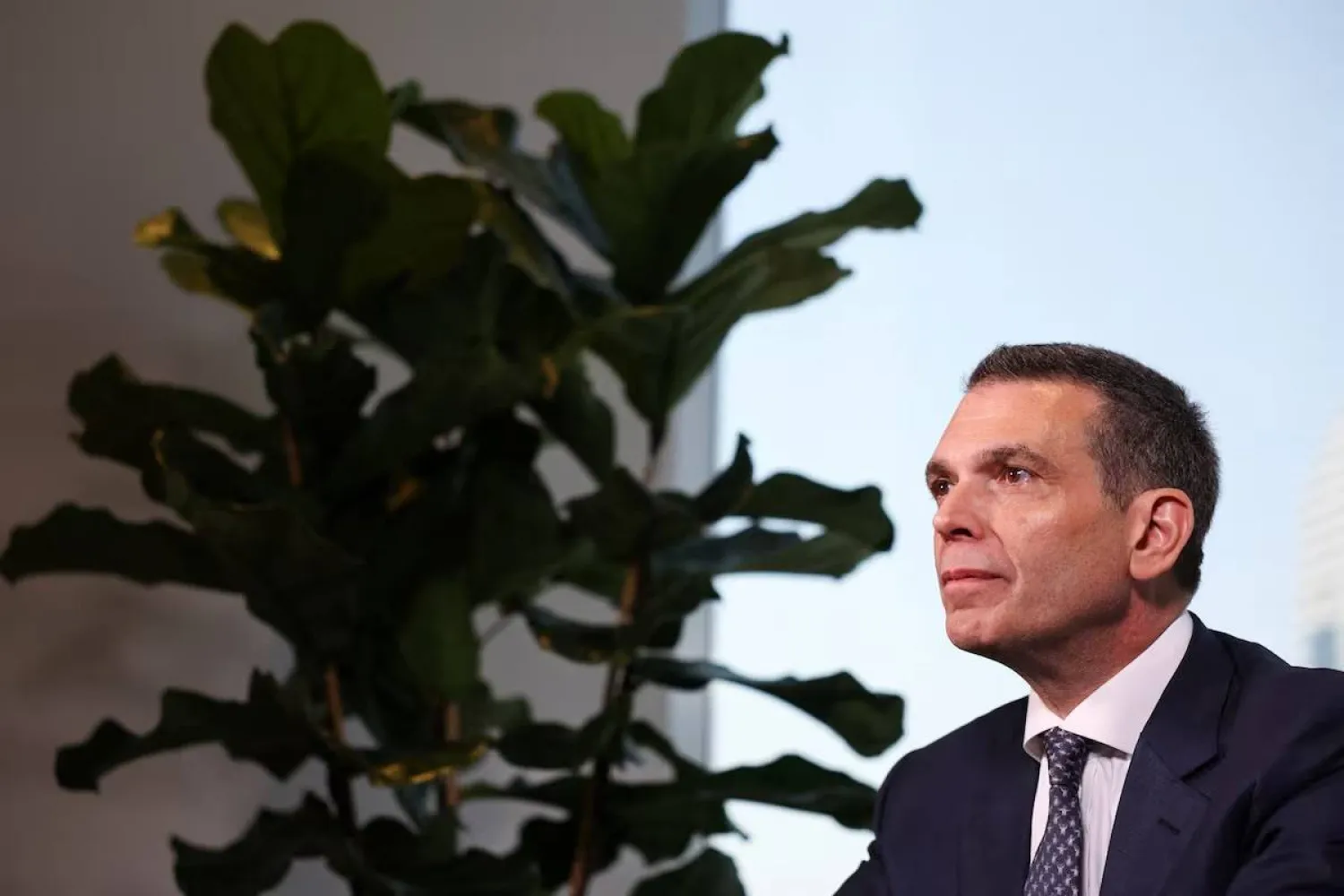As global investors reassess their priorities, Saudi Arabia has firmly positioned itself as one of the world’s most attractive real estate markets and among the largest within the G20, according to Ziad El Chaar, CEO of Dar Global.
Annual real estate transactions in the Kingdom are approaching $100 billion, a scale that El Chaar says makes Saudi Arabia impossible to ignore over the coming decade.
“Any investor who overlooks the Saudi market in the next ten years will undoubtedly be a loser,” El Chaar told Asharq Al-Awsat, pointing to a market that consistently injects around $100 billion annually into real estate activity.
Beyond the numbers, El Chaar highlighted what he described as Saudi Arabia’s “proactive and forward-looking vision,” noting that the Kingdom has succeeded where many Western capitals have faltered.
By establishing a clear regulatory framework that distinguishes between local and foreign property ownership, Saudi Arabia has managed to protect domestic demand while simultaneously opening its doors to global capital.
This regulatory maturity, he said, prompted Dar Global to significantly expand its investment exposure in the Kingdom to SAR 38 billion (approximately $10 billion), through a series of exclusive developments branded with the Trump Organization.
El Chaar said Saudi Arabia now ranks among the largest real estate markets in the G20, driven by heavy infrastructure spending, the hosting of major international events, rapid growth in aviation and tourism, and investor-friendly policies. Together, these factors have made the Kingdom one of the most compelling real estate destinations worldwide.
He also praised Saudi Arabia’s regulatory foresight, particularly the zoning of areas for local versus foreign ownership and the introduction of minimum thresholds for foreign investment. He said these measures prevent market distortions and protect local buyers, an achievement that many Western economies have struggled to replicate.
El Chaar stressed the role of the General Real Estate Authority in organizing the sector and safeguarding investor interests, noting that while regulations may be stringent for developers, they provide long-term stability and fairness for all market participants.
Flagship Developments
Dar Global has recently launched several large-scale projects in Saudi Arabia in partnership with the Trump Organization, with a combined value of about SAR 38 billion.
El Chaar said the developments position the company as the largest non-government real estate developer in the Kingdom and reflect strong confidence in local demand, as well as the group’s ability to attract foreign investors.
The company is currently developing two projects in Riyadh and one in Jeddah. The CEO reiterated that any foreign real estate investor who fails to include Saudi Arabia in their portfolio over the next decade risks missing out on one of the world’s fastest-transforming economies.
Among Dar Global’s most prominent Riyadh projects is Saffar Valley, spanning 2.6 million square meters. The gated development will feature palaces only, surrounded by a Trump-branded golf course and a Trump Hotel, targeting an elite segment of global investors. El Chaar said the project stands out regionally for its scale, exclusivity, and prime location.
Jeddah Expansion
In Jeddah, Dar Global recently announced Trump Plaza, following the strong performance of Trump Tower Jeddah. The mixed-use project will be located on King Abdulaziz Road and will include Grade A offices, retail space, serviced apartments, and residential units overlooking a central park equivalent in size to a football field.
Timelines and Growth
Construction has already begun on the two main developments, with completion expected before 2030. Trump Tower Jeddah has entered the execution phase, with a main contractor appointed and delivery scheduled within 30 to 33 months.
El Chaar said Dar Global spent the past four and a half years building a strong institutional platform in the region, enabling its investment portfolio to grow from $7 billion last year to between $23 billion and $25 billion today. He added that the company’s move to the Premium segment of the London Stock Exchange enhances its eligibility for inclusion in major global indices.
On market capacity, El Chaar said domestic demand alone is sufficient to support Saudi real estate growth, while Dar Global’s specialized, high-end developments target a different segment and act as an additional magnet for foreign capital.
He concluded that Saudi Arabia’s cultural and regulatory transformation - from visa facilitation to tourism development and openness to foreign investment - has made the Kingdom one of the world’s most attractive destinations.
“Today, investors arrive in Saudi Arabia to a welcoming environment,” he said. “Small details, but they make a big difference in investment decisions.”









